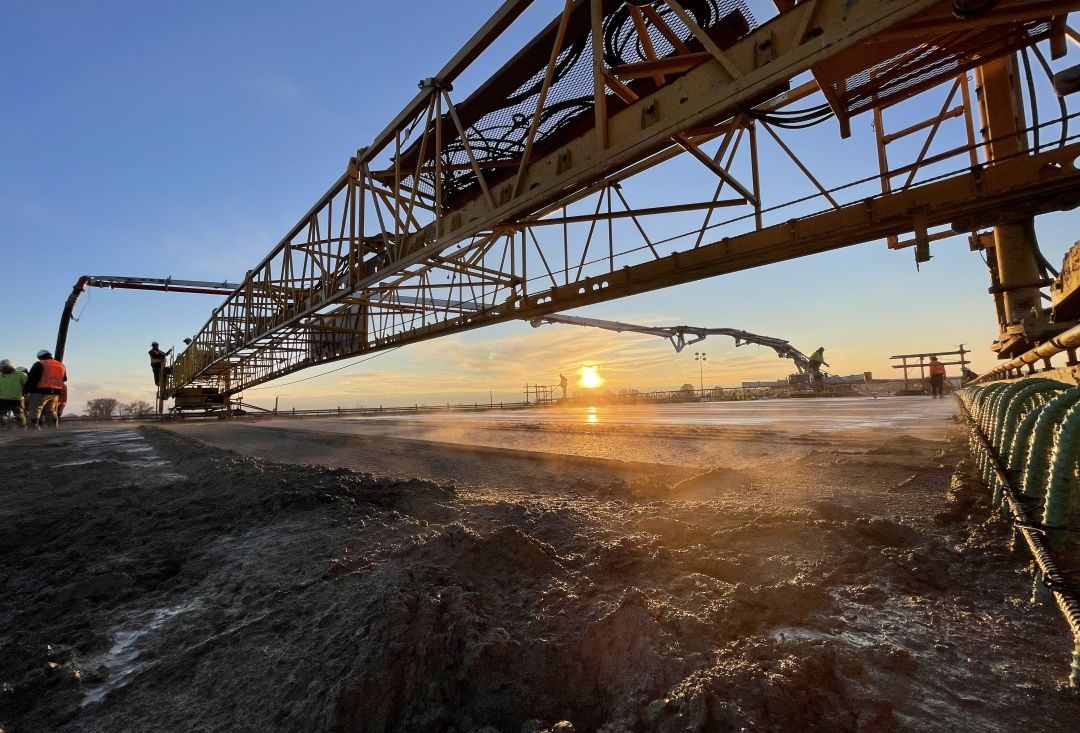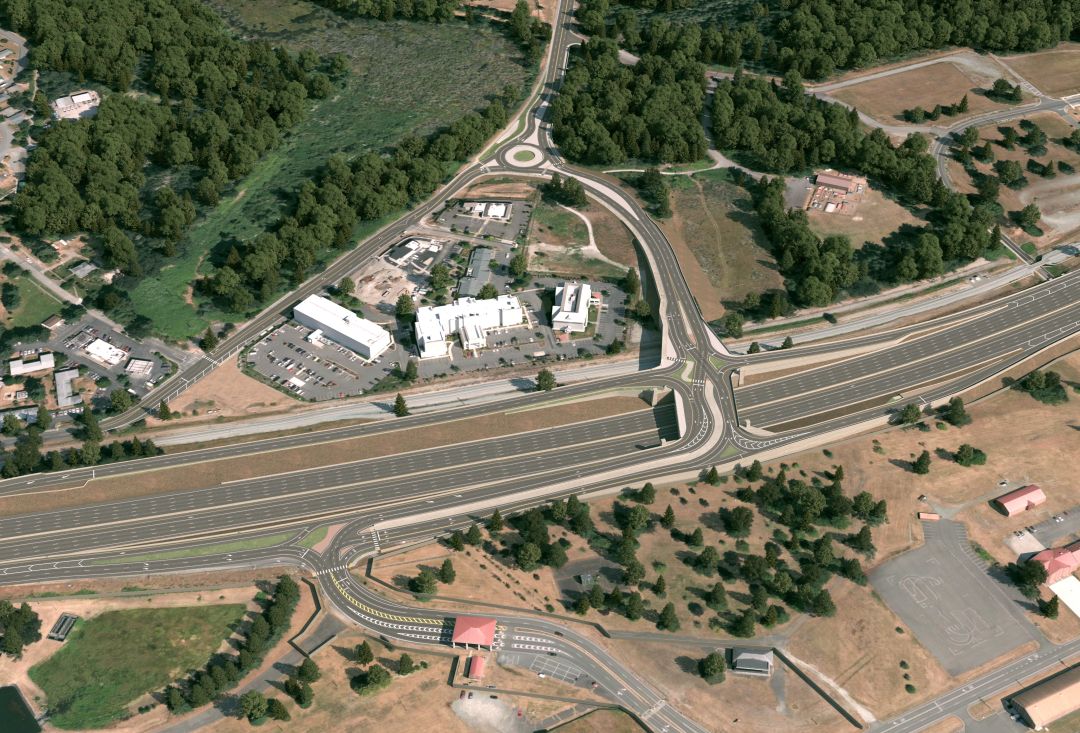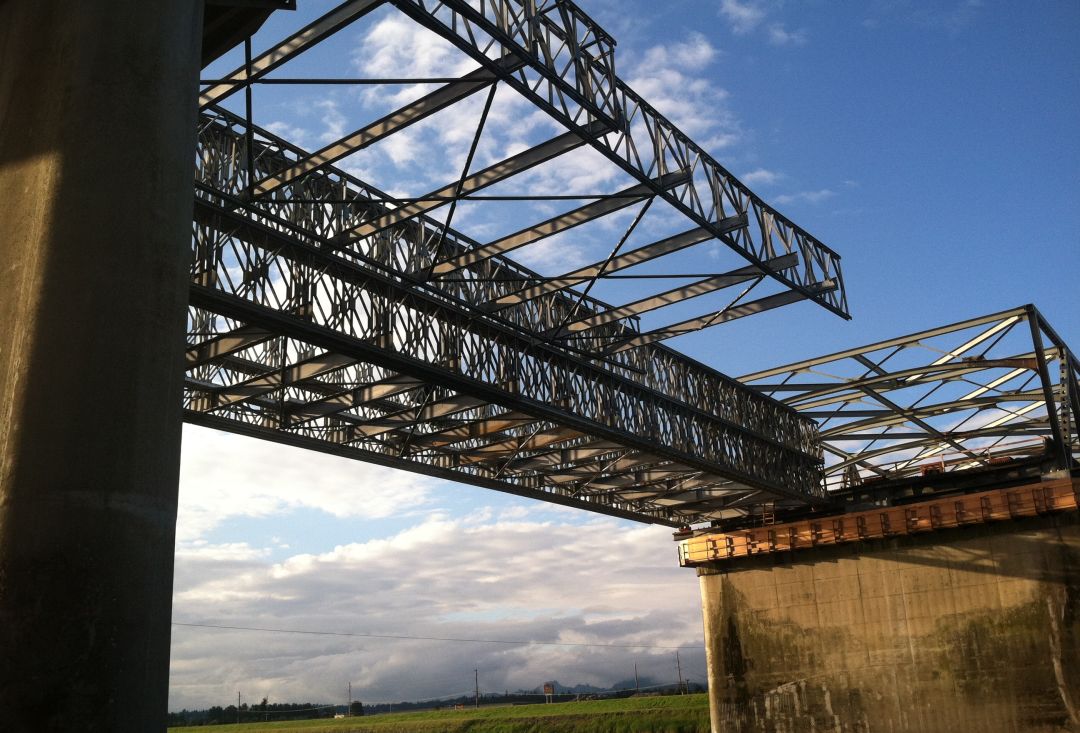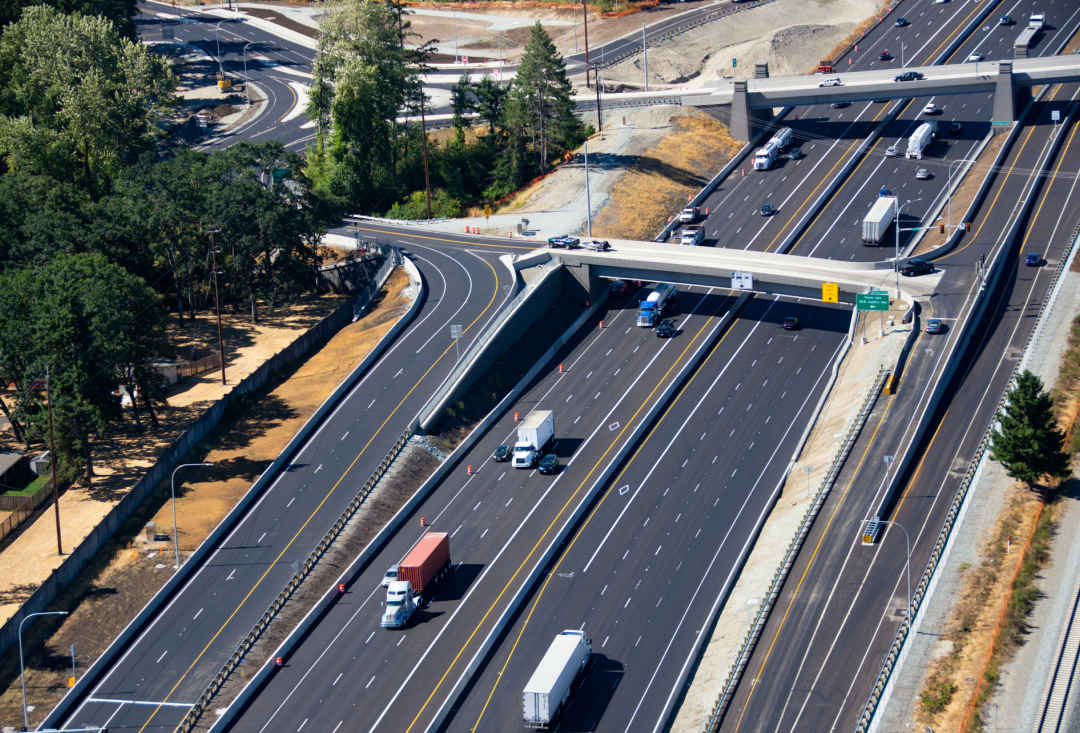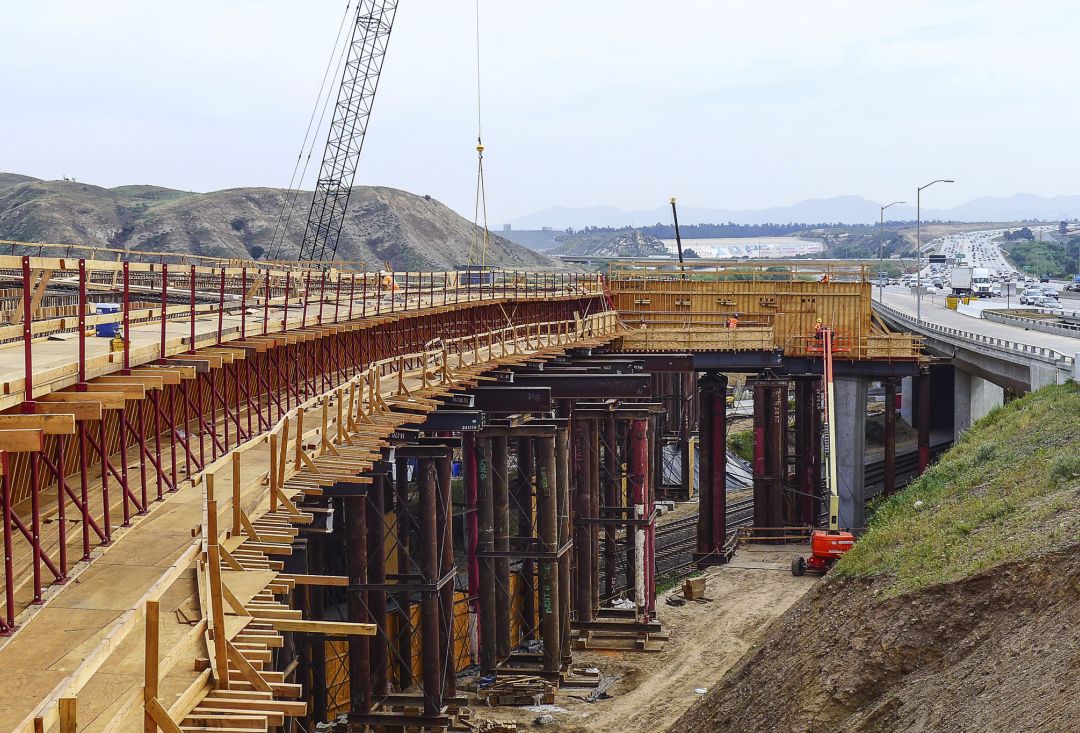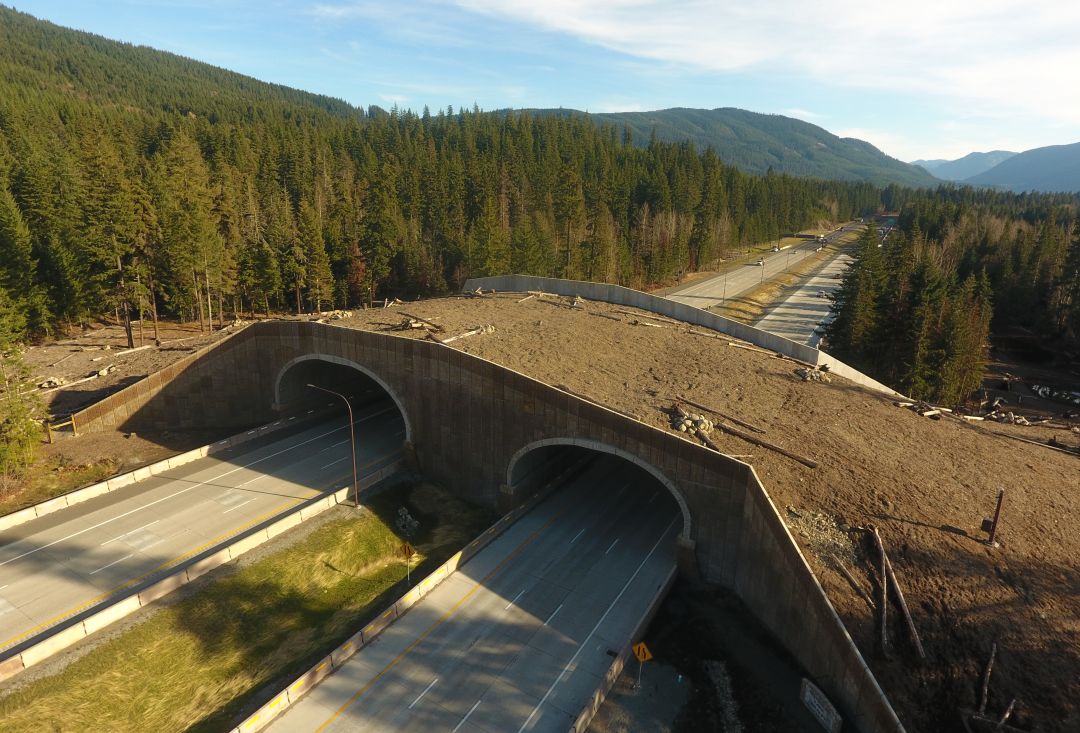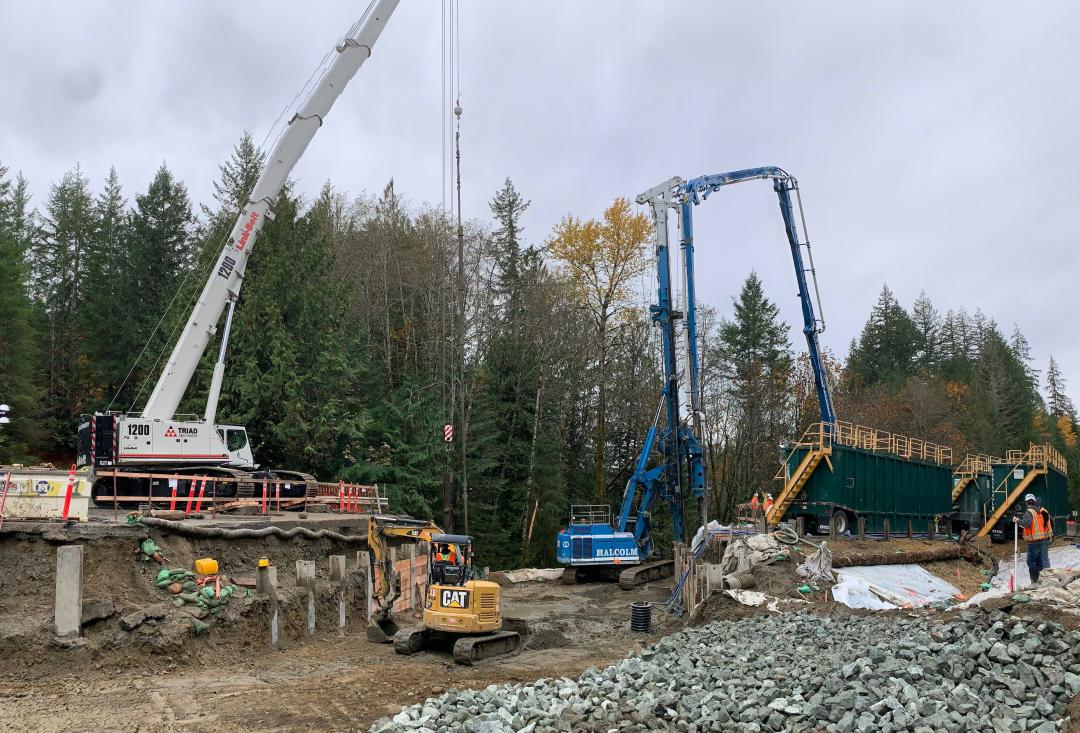Client
Completion Date
Designer
Location
Delivery Method
Division
Contract Value
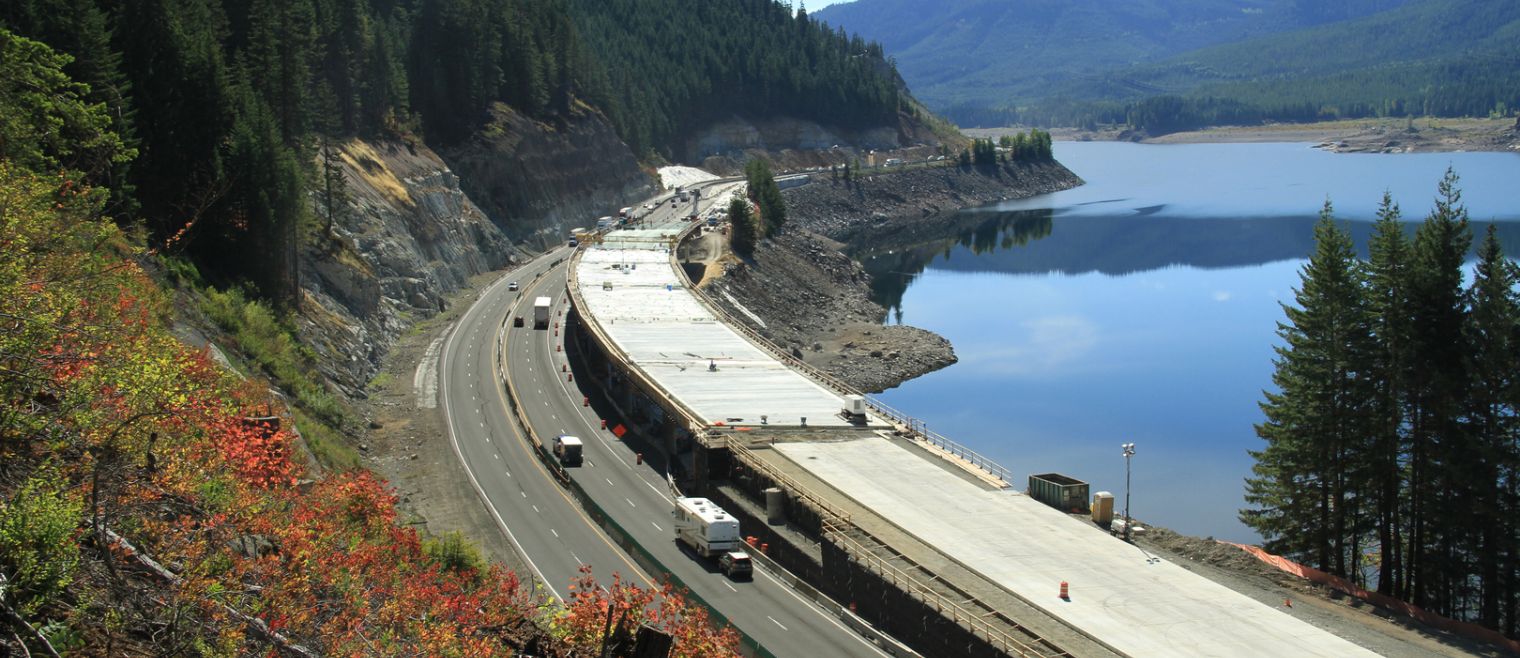
I-90/Snowshed to Keechelus Damp Phase 1C involved the interstate's expansion from two to three lanes in each direction, just east of the Snoqualmie Pass summit within the Cascade Mountain range.
To optimize the project's efficiency and value, Atkinson presented a Cost Reduction Incentive Proposal (CRIP). This proposal leveraged Draft Environmental Impact Statement Alternative #4, which involved the introduction of elevated side-by-side avalanche bridges as a replacement for the snowshed originally included in the contract. This strategic change not only proved beneficial to the project and WSDOT, but also yielded substantial long-term savings of $37 million in Snowshed operations and maintenance costs. Additionally, it minimized construction disruptions for the public and enhanced the likelihood of adhering to the project schedule. These twin 1,200-foot-long bridges are designed to span over avalanche chutes, with the capability to withstand 100-year avalanche events, thus virtually eliminating road closures due to avalanches and snow removal.
The project's scope involved enhancements to three miles of roadway geometrics, addressing several curves and incorporating 4,600 linear feet of drainage improvements. Initially, the project included an 1,100-foot-long bridge over the lakeshore. However, due to challenging soil and rock conditions, this bridge, along with the associated Wall 7, proved unconstructable as originally designed. In response to this challenge, WSDOT issued a change order (Wall 7 Redesign). From the multiple design solutions presented, WSDOT opted for a roadway geometric solution that eliminated the bridge while introducing two short retaining walls.
The project team executed significant excavation, including the blasting and removal of 400,000 cubic yards of rock. Additionally, they placed 116,000 tons of base course, 31,000 cubic yards of Portland cement concrete pavement, and 38,000 tons of hot mix asphalt. To enhance drainage and facilitate wildlife and fish passage, four single-span bridges were constructed to replace existing culverts.
